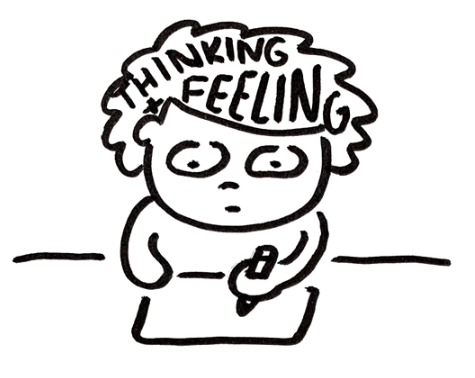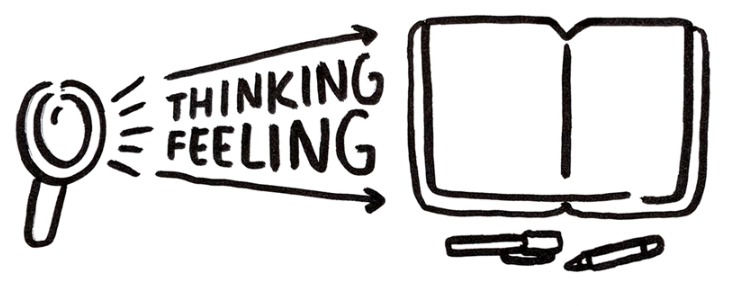Introduction:
Art has long been recognized as a medium through which individuals can channel their innermost thoughts and feelings into tangible forms. Whether through painting, sculpture, music, or dance, the creative process offers a unique outlet for self-expression and emotional exploration. In this article, we will delve into the transformative power of art, exploring how artists translate their thoughts and feelings into compelling works of creativity.
Exploring Emotional Expression through Art:
At the heart of artistic creation lies the ability to convey emotions in ways that resonate with both the artist and the audience. Through the use of color, form, texture, and composition, artists can imbue their work with a depth of feeling that transcends language and logic. By tapping into their own emotional landscapes, artists are able to create pieces that evoke powerful responses and connections.
Symbolism and Metaphor:
One of the most common ways in which artists translate their thoughts and feelings into art is through the use of symbolism and metaphor. By incorporating symbolic elements into their work, artists can convey complex emotions and ideas in a visual and visceral manner. For example, a dark and stormy painting may represent feelings of turmoil and unrest, while a serene landscape might evoke a sense of peace and tranquility. 
Abstract Expressionism:
In the realm of abstract art, artists are freed from the constraints of literal representation, allowing for a more intuitive and subconscious exploration of emotions. Abstract expressionism, pioneered by artists such as Jackson Pollock and Mark Rothko, encourages viewers to interpret the work based on their own emotional responses. Through bold brushstrokes, vibrant colors, and dynamic compositions, abstract artists convey a sense of raw emotion and energy that speaks directly to the soul.
The Power of Art Therapy:
Art therapy is a form of psychotherapy that utilizes the creative process as a means of exploring and expressing emotions. Through guided artistic activities, individuals can delve into their inner worlds, gaining insight into their thoughts and feelings in a safe and supportive environment. Art therapy allows for the integration of mind, body, and spirit, fostering healing and self-discovery through the act of creation.
Personal Narrative and Self-Reflection:
For many artists, the act of creating art is a deeply personal and introspective process. By channeling their thoughts and feelings into their work, artists are able to tell their own stories and explore their identities in a visual medium. Through self-reflection and introspection, artists can gain a deeper understanding of themselves and their place in the world, fostering personal growth and development.
Collaboration and Community:
Artistic creation is not always a solitary endeavor. Many artists find inspiration and support through collaboration with others, whether through joint projects, workshops, or community-based initiatives. By engaging with a larger artistic community, artists can share their thoughts and feelings, receive feedback and guidance, and forge connections that enrich their creative practice. 
Conclusion:
In conclusion, the process of turning thoughts and feelings into art is a deeply personal and transformative journey. Through the use of symbolism, abstract expressionism, art therapy, personal narrative, and collaboration, artists are able to harness the power of creativity to explore their inner worlds and connect with others on a profound level. By embracing the emotional depth of artistic expression, individuals can discover new facets of themselves, find healing and catharsis, and create works of beauty and meaning that resonate with audiences far and wide.